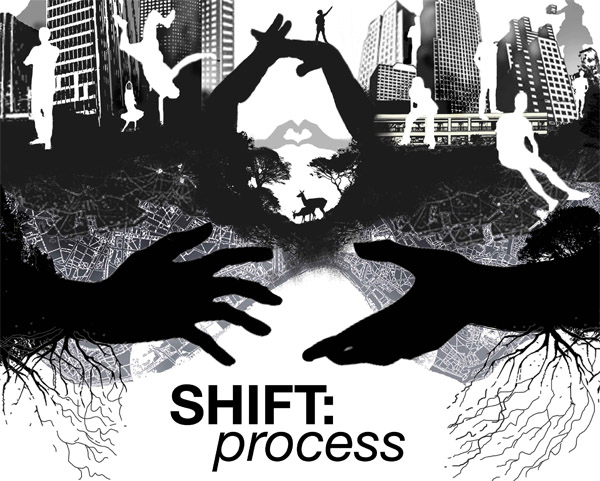Call for submissions: North Carolina State University’s Student ASLA Chapter seeks submissions for it’s 2nd annual professional-reviewed landscape architecture student journal, SHIFT: process. Recognizing that students represent the next generation of leaders and design innovators, SHIFT provides a scholarly and provocative forum for professional-reviewed student research into emerging issues at the forefront of landscape architecture theory and practice. SHIFT fosters creative interaction across disciplinary boundaries and raise awareness of emerging trends within academic and professional communities. SHIFT: process will build upon SHIFT: infrastructure, the winner of the 2011 Student ASLA Award of Excellence in Communications, by focusing on new ways of thinking about the design process.
How can we engage the designer, the community, and ecology in the process of design?
What does this process look like? Where does it happen?
How do these processes improve on current techniques?
Visit: shiftncsu.wordpress.com for detailed submission requirements and for more information.”
Download poster here.
Download call here.







